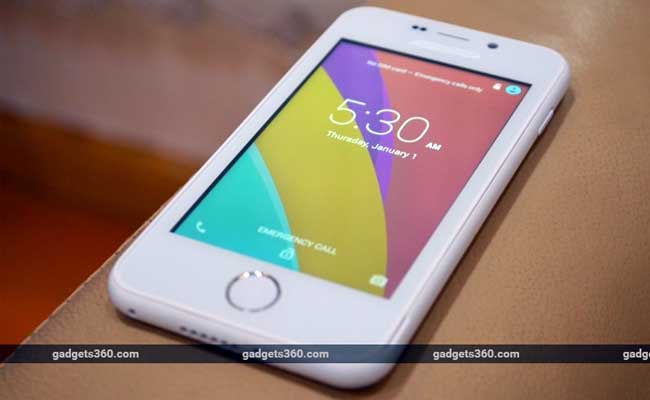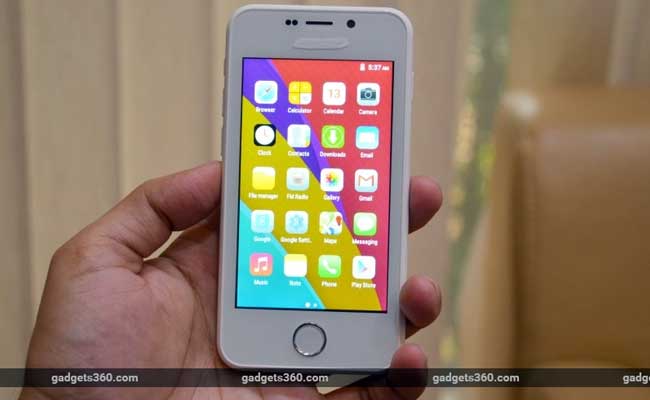In other words, if there is no catch, no small print and no marketing gimmick, at Rs 251, the smartphone is affordable for almost all wage earners in your country. That's a great thing.
But, as Amar's father asked in the film Andaz Apna Apna, "Yeh sab hoga kaise?"
The cheapest bill of material (BOM) price of a smartphone in China a couple of years ago was around $30. This could have fallen to $15 by now (for the same specifications). In other words, the raw cost of the cheapest device would be around Rs 1,200. Add a couple of hundred rupees as overheads, and we are looking at Rs 1400 as the cost floor.

Freedom 251 is priced at just Rs. 251 (approximately $4), making it arguably the cheapest smartphone in the world.
There is a hint that the government is subsidising this project, which appears unlikely, because there was no publicly-announced selection process that awarded the project to Ringing Bells. There will be serious questions relating to transparency if indeed the government has subsidised the project without due process.
So unless there's some philanthropy behind the phone, it is likely that one or more of the mobile operators are subsidising handsets. This is common practice in many countries, where you can buy the phone at a highly discounted price, but you are locked into the operator's post-paid plans. In other words, it's actually an instalment plan where your EMIs are implicitly part of your monthly bill. Could that be the case here?
Perhaps. The incongruence is that people who can afford post-paid plans are unlikely to be the buyers of the cheapest smartphone, and mobile operators are unlikely to subsidise phones for pre-paid customers and low revenue post-paid subscribers. So we still do not know who will subsidise the cost of the Freedom 251.

The phone complies with government's Make in India program and will be available for purchase via a website later this week.
Should the government subsidise smartphones for the poor? Well, doing so suggests that the government knows what is better for the poor than they do themselves. That being so, there are many in our politics who stand for this kind of paternalism, and they might decide that there are good reasons to do so. Even so, subsidising the phone is a grossly inefficient method, for even the non-poor can purchase the phone, misdirecting the subsidy. Aadhaar-linked vouchers are a better way to put a phone in the hands of those who cannot afford one.
Anyone who pays monthly phone bills knows that the handset is just a fraction of the cost of ownership. Line rentals and data charges are recurring and must be factored into ownership costs. Otherwise the Freedom 251 is merely a cheap showpiece or paperweight. Data charges can fall further, and service quality can improve even further if the government makes greater competition its policy goal.
Finally, many a manufacturer has come to grief by designing a product to a low-cost price point. The 100-dollar laptop, the 35-dollar tablet or the one-lakh car - these didn't take off as expected although the price point was more or less achieved. There is more to technology adoption than price. Freedom 251 will have to reckon with that.
(Nitin Pai is director of the Takshashila Institution, a think tank and school of public policy. These are his personal views.)
Disclaimer: The opinions expressed within this article are the personal opinions of the author. The facts and opinions appearing in the article do not reflect the views of NDTV and NDTV does not assume any responsibility or liability for the same.


